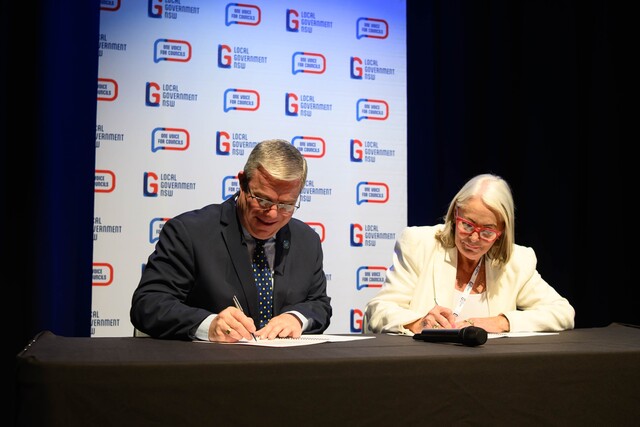Addressing climate change has become a core issue in the Clarence Valley, New South Wales, following a decision by council to recognise there is a climate emergency that requires urgent actions by all levels of government and the community.
Council has joined a number of local councils that have recognised the urgency needed to implement actions to mitigate and adapt to projected climate change impacts.
Council previously decided to fast track a strategy of cutting Council emissions by 40 percent and increase the use of renewables to 50 percent before 2030.
At its last meeting, council adopted a five-point resolution aimed at addressing climate change urgently, including making ‘climate change’ a sub heading in all council reports and continuing to carry out actions in an earlier ‘100 percent Renewables’ strategy.
Waste and sustainability coordinator, Ken Wilson, said there were cost savings for council from its energy efficiency gains and onsite solar, with an average payback period of 6.5 years.
He said Council’s recognition of a climate emergency provided an opportunity to lobby other levels of government on the urgency of cutting emissions.
“Council’s work to date and the ambitious strategy for increasing renewable energy and reducing emissions is doing well, however the community Climate Change Advisory Committee considers Council should engage our local community and other levels of government to communicate there is a climate emergency and we all need to do more.”
At least another 12 local government authorities around Australia have formally recognised a climate emergency, including Upper Hunter Shire Council, Blue Mountains, Hawkesbury and Bellingen councils in New South Wales. The British parliament has also just resolved to declare a national climate emergency.







